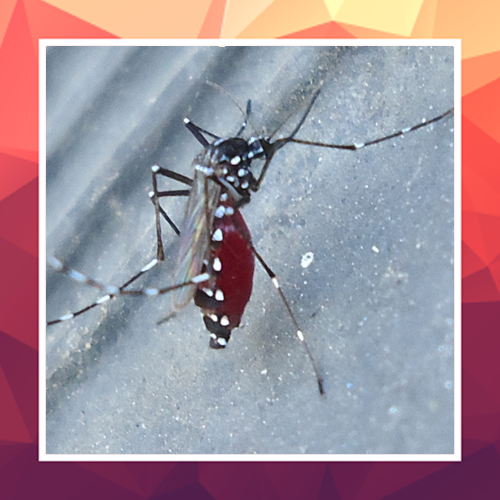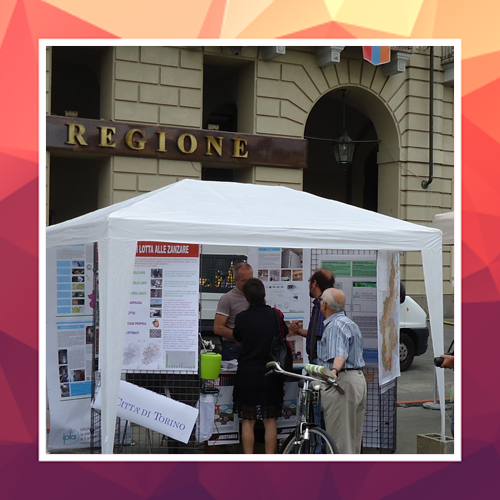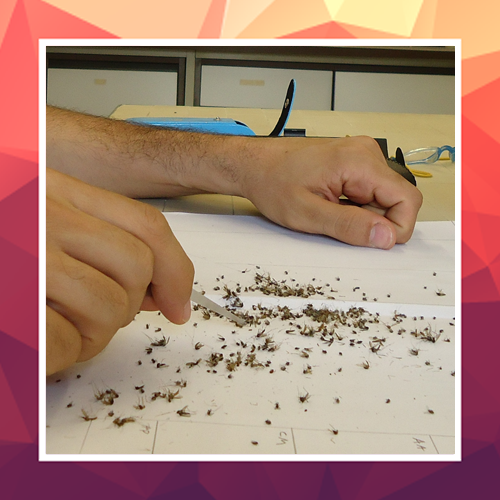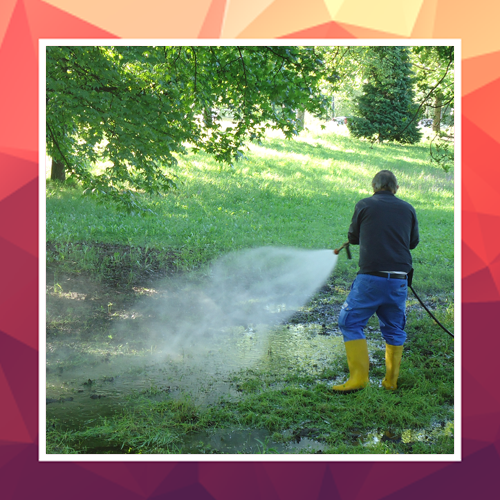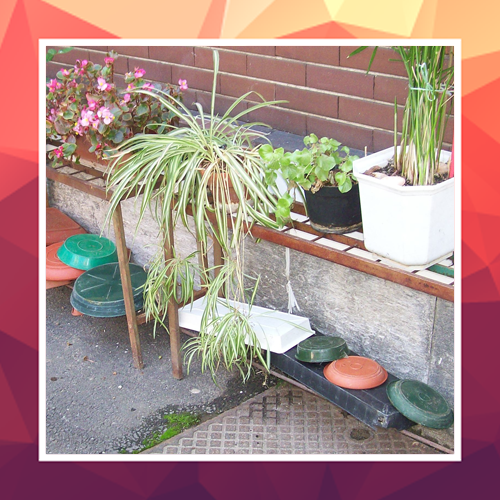Sampling of the aquatic stages
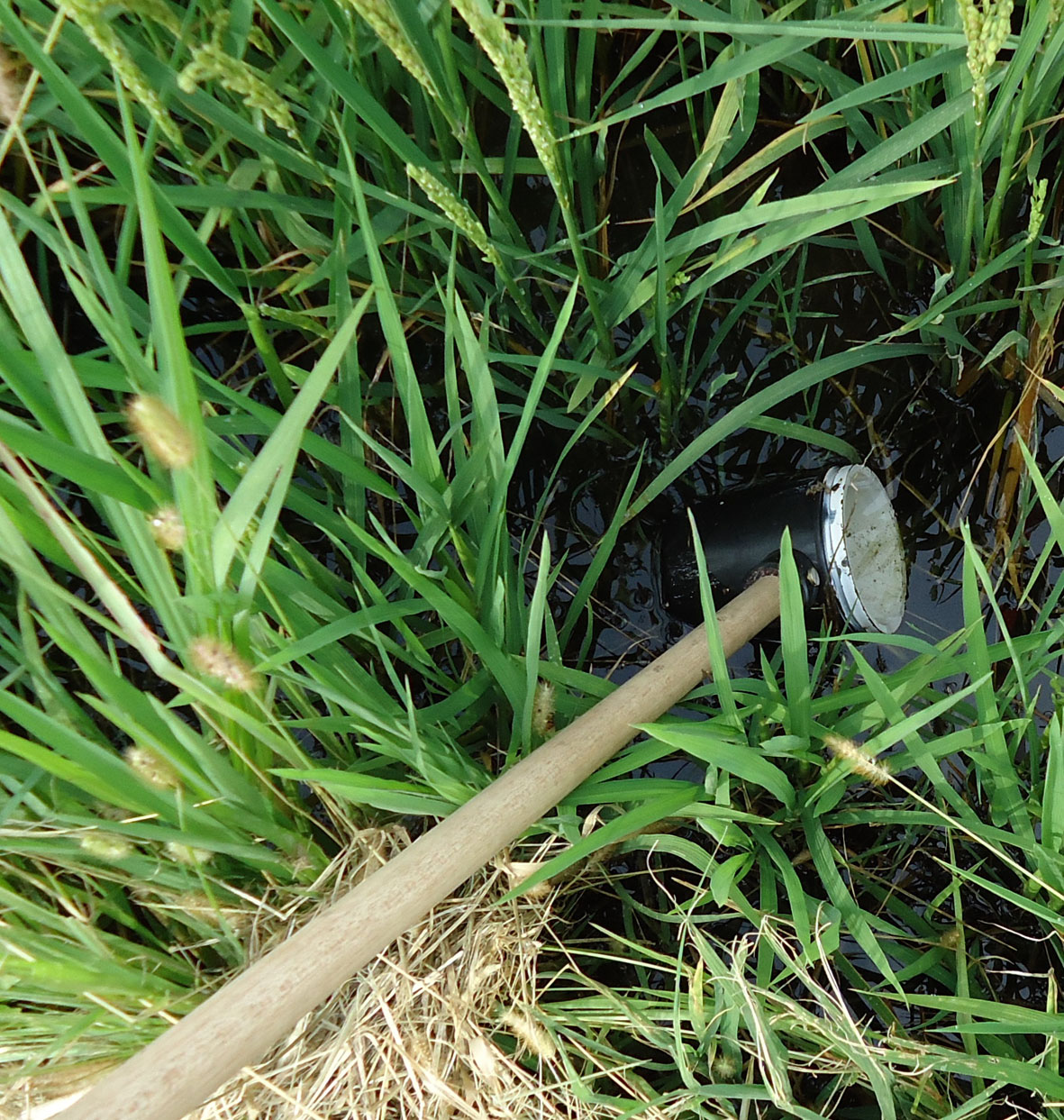 To determine whether a water collection is a real breading site for mosquitoes, it is necessary to take samples of floating larvae, pupae, or eggs. For sites that are easy to reach and inspect, it is possible to directly suck the larvae up with a pipette from the water.
To determine whether a water collection is a real breading site for mosquitoes, it is necessary to take samples of floating larvae, pupae, or eggs. For sites that are easy to reach and inspect, it is possible to directly suck the larvae up with a pipette from the water.
When the site is difficult to reach, the larvae can be collected with a proper hand net, which is then rinsed in a tub; in other cases, it is more suitable to use a dipper, which is a white plastic container mounted on a handle that is either fixed, or telescopic. In this case, once the water sample has been collected, it will be observed for larvae.
When preparing a mosquito control plan to, it is necessary to know which larval breeding sites are present in a specific territory. The complete detection of breeding sites in an area is called "mapping", and in addition to the cartographic survey, all the information necessary to implement true prevention strategies is obtained. The information includes: the size of the site; species present; water quality and depth; accessibility and practicability of site, etc.
Sampling of the aquatic stages is also used to determine if and when the best time is to treat a breeding site with the most appropriate larvicide product for the situation and to verify the results of an intervention.
Last modified: Feb 2021

